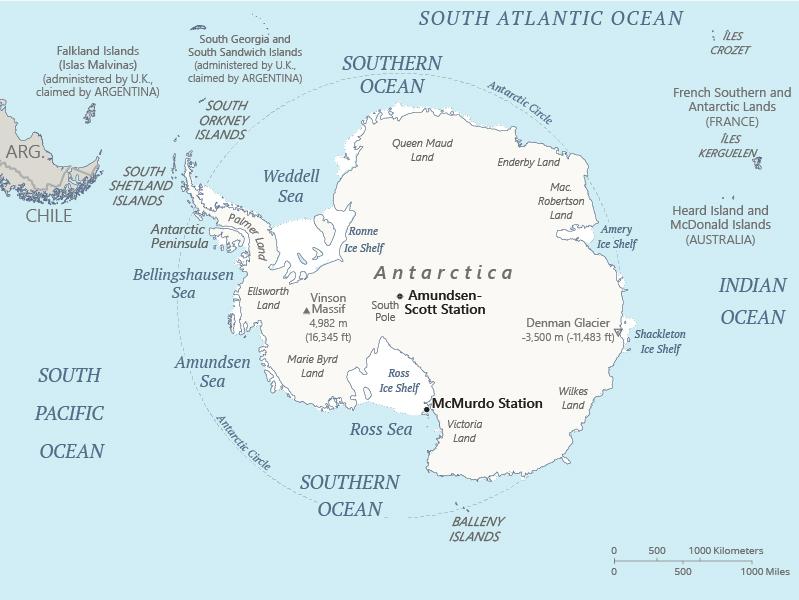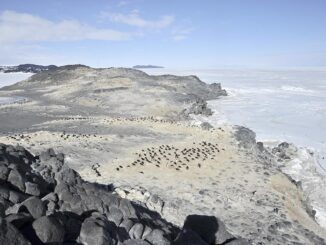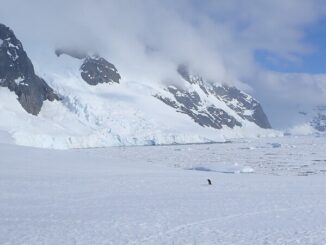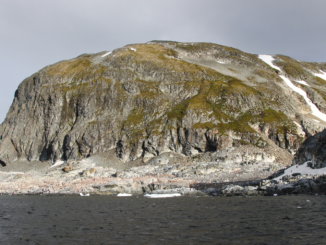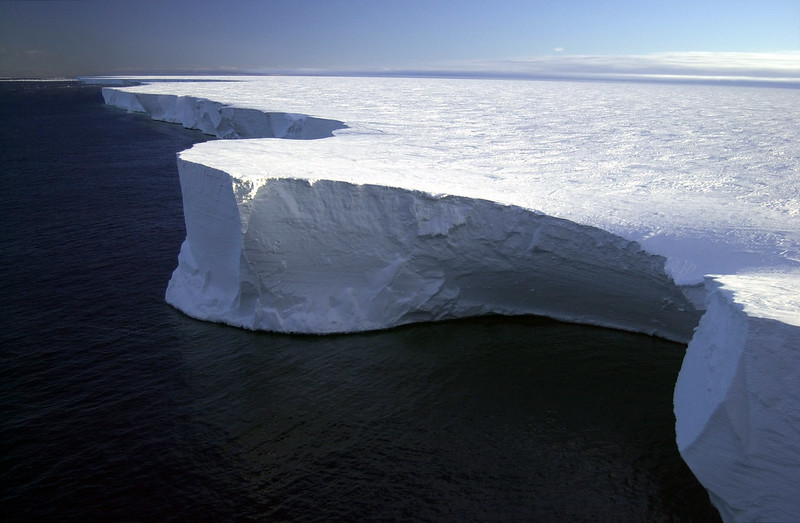
A new assessment has found that rising ship traffic carrying tourists to Antarctica is putting a heavy toll on aquatic life and marine ecosystems in this fragile environment.
New Zealand, Canadian, and US marine scientists say they’ve uncovered evidence that ships’ anchors are scouring the ocean bottom at Antarctica during the height of summer travel to the bottom of the world. The result: devastating losses of marine organisms and damage that could take decades for the seabed to recover from
The team, led by New Zealand’s National Institute of Water and Atmospheric Research, says its study uncovered the first documented evidence that ships anchoring at Antarctica’s bays are causing great damage to the environment there.
“Documentation is way overdue,” said NIWA marine geophysicist Sally Watson in a review of the team’s findings. “Anchoring impacts are understudied and underestimated globally. It’s so important to recognize and mitigate the impacts across all industries and limit planned anchoring.”
Warming Antarctic summers and receding ice packs are drawing more shipping traffic and more visitors to the region. Thanks in part to global warming, the southernmost continent is increasingly becoming a popular tourist destination.
Experts say that tourism in Antarctica has exploded by a factor of ten over the past two decades. The International Union for Conservation of Nature (IUCN) estimates that about 105,000 tourists traveled to Antarctica during the 2022-2023 season.
The problem is, Antarctica hasn’t historically been managed for tours and private visitors not on scientific or government missions. Surface activities are dictated by a global treaty and some marine areas have fishing bans in place, but there are no formal rules governing tourism, shipping, and other such commercial activity.
“Activities in Antarctica have a lot of strict rules around conservation, yet ship anchoring is almost completely unregulated,” said report author Matthew Mulrennan, a marine scientist and founder of KOLOSSAL.
This latest report, now available in the journal Frontiers in Conservation Science, demonstrates the consequences of this regulatory gap.
Conducting 36 underwater surveys, the researchers said they uncovered clear evidence of where anchors and chains had gashed the bottom, killing sponges and other marine organisms in the process.
Other signs of extensive damage were revealed, including scrapped bottoms and overturned seabed mud where ships’ anchors were pulled back to the surface. Damaged spots were devoid of marine life, the scientists said.
Some species of sponge likely being harmed by ships’ anchors are believed to be capable of living up to 15,000 years and are considered to be some of the oldest animals on Earth.
“At the disturbed sites, little to no marine life was present,” the report states. “Instead, the researchers observed crushed sponge colonies and a lack of benthic biomass. Directly adjacent to the anchoring sites, marine life flourished.”
The team is calling for further inquiry into the damage being caused in Antarctica by anchoring and the creation of a database document where the damage is occurring, what kind of damage is being inflicted on Antarctic reefs, and how widespread the damage is. Understanding the extent of the problem is the first step toward getting it under control, the researchers argue.
They compared the damage they witnessed to that caused by bottom trawling, a devastating fishing activity where huge nets weighed down by steel gates are scrapped across the bottom of the ocean for miles to capture bottom-feeding fish and shellfish.
“It’s a pressing environmental issue, but it’s out of sight, out of mind,” Mulrennan said.
Their findings point to the need for further tightening rules and regulations regarding tourism and shipping activities in Antarctica, ideally by governments or United Nations agencies. At present, tourism operators and shipping concerns are largely allowed to regulate themselves.

